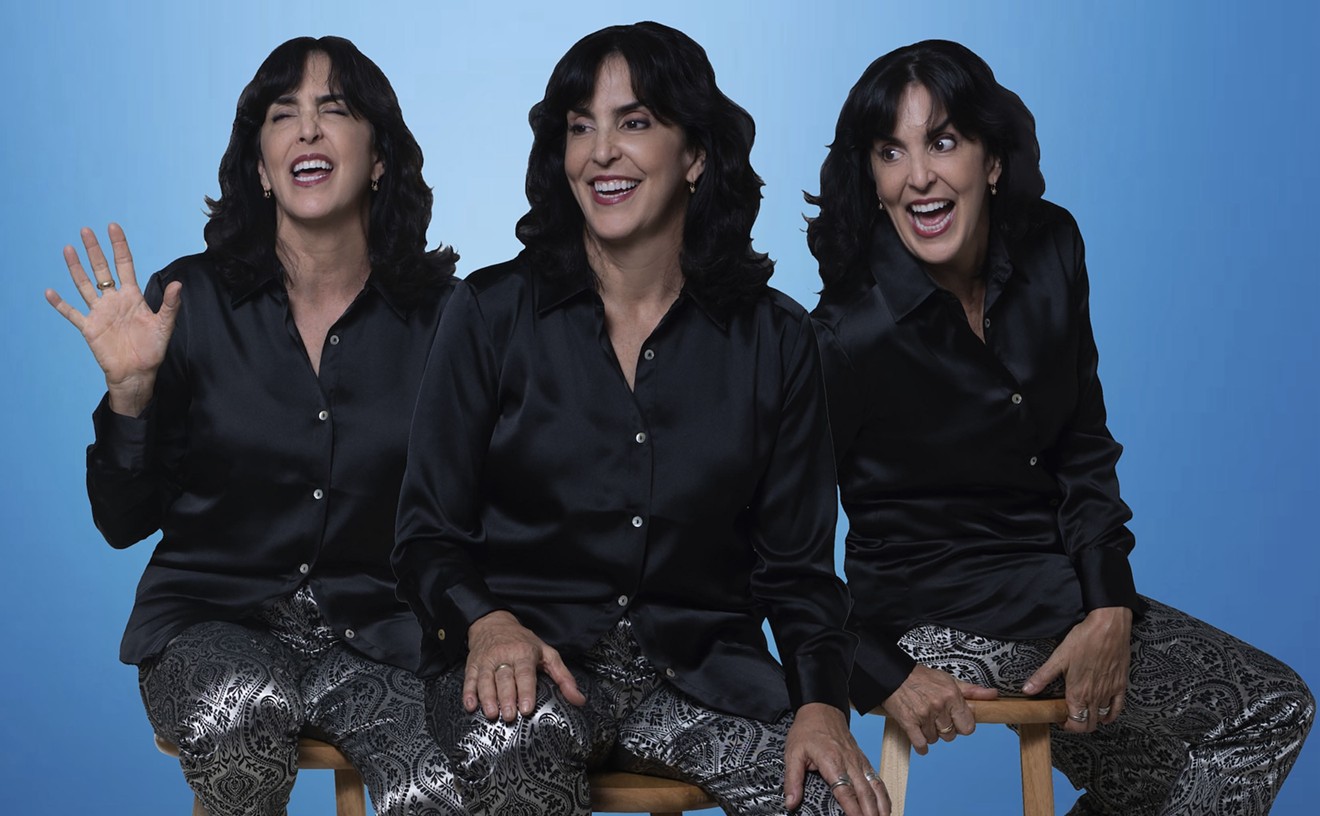The Orange Bowl was more than a field, it was a place where dreams were born. It was a place where Miamians fell in love with sports for the first time. It was a place where families met to laugh and cry. It was a building that aged like a loved one and gracefully left us well before any of us were ready. The Orange Bowl was a place that was ours, but it was too good to keep to ourselves. So, we lent it to the rest of the country from time-to-time so others could experience its majesty.
If the Orange Bowl's walls could have talked, no one would have paid attention to the game at hand.
Built in 1937 and originally named Roddy Burdine Municipal Stadium, the Orange Bowl that you remember looked nothing like the building of which it began. The original structure housed around just 23,000 seats, cost $325,000 to build, and closer resembled something you might see on Friday Night Lights than you would ESPN in 2015. As the Hurricanes football program grew, so did the quaint two single-deck stadium into a massive gem both the Hurricanes and Dolphins would call home. By the '70s, the home to the two powerhouse football teams would seat more than 80,000 and host countless Super Bowls and NCAA National Championship spanning multiple decades.
What began as just another field, grew into a piece of Miami history, and one of the premier sporting event venues in the country. When someone said Orange Bowl, goosebumps inevitably followed. Whatever was happening in the Orange Bowl around New Year's Day was guaranteed to be at the center of sports conversation across the country.
For more than 70 years, the Miami Hurricanes called the Orange Bowl home. Five National Championships were won in those years. The list of players that played at Miami and went onto the NFL reads like a phone book. From Howard Schnellenberger to Jimmy Johnson to Butch Davis — coaches started their successful coaching careers on the Orange Bowl field. From leather helmets to helmets that began the "All About the U" tradition — the Orange Bowl housed it all.
Even now, in 2015, it feels as if the Miami Hurricanes are missing something that goes beyond talent or wins on the field. The same fans who once complained about the flaws in the Orange Bowl — including bathrooms straight out of a Saw movie — would line up around the block to watch a game there today. For everything that was wrong with the Orange Bowl, there were so many more things that were right.
While the Orange Bowl is most synonymous with the Miami Hurricanes — hell, the stadium was built in the shape of a "U" — the Miami Dolphins forged their own dynasty inside the stadium's steel frame. From 1966 until 1986 the Dolphins called the Orange Bowl home. The 1972 Miami Dolphins, still today the only remaining undefeated team in NFL history played there. The following year the Dolphins also won the Super Bowl, cementing a tradition of winning early on in the franchise's existence. This was the place Dan Marino was introduced to Miami, and the place Don Shula collected the majority of his NFL record 347 wins.
The Dolphins first moved on to what is now Sun Life stadium, and like the Hurricanes, have never got back to a place they were when they played in the Orange Bowl. Whether it be the home field advantage, the teams themselves, or the notorious Indian burial ground curse upon the field — nothing is like it once was. Despite numerous efforts by the community to keep the Orange Bowl standing as somewhat of a museum, it was demolished in 2008. Marlins Park now stands in the Orange Bowl's place, while a new MLS team plans to built next door in the area. The land will forever be recognized as a place where a iconic Miami structure once stood, and the views in the area will always remind most of the end zone opening in the Orange Bowl, where palm trees once swayed in the wind.
The Orange Bowl will forever be loved, and equally missed.
[
{
"name": "Air - MediumRectangle - Inline Content - Mobile Display Size",
"component": "19274298",
"insertPoint": "2",
"requiredCountToDisplay": "2"
},{
"name": "Editor Picks",
"component": "17482312",
"insertPoint": "4",
"requiredCountToDisplay": "1"
},{
"name": "Inline Links",
"component": "18711090",
"insertPoint": "8th",
"startingPoint": 8,
"requiredCountToDisplay": "7",
"maxInsertions": 25
},{
"name": "Air - MediumRectangle - Combo - Inline Content",
"component": "17482310",
"insertPoint": "8th",
"startingPoint": 8,
"requiredCountToDisplay": "7",
"maxInsertions": 25
},{
"name": "Inline Links",
"component": "18711090",
"insertPoint": "8th",
"startingPoint": 12,
"requiredCountToDisplay": "11",
"maxInsertions": 25
},{
"name": "Air - Leaderboard Tower - Combo - Inline Content",
"component": "17482313",
"insertPoint": "8th",
"startingPoint": 12,
"requiredCountToDisplay": "11",
"maxInsertions": 25
}
]











